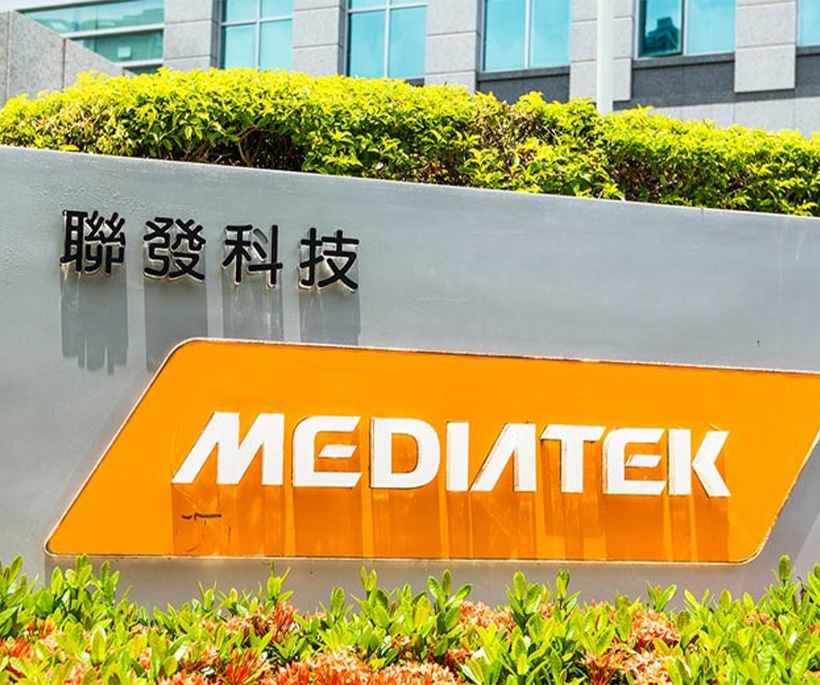Understanding the intricacies and implications of taxation has been one of the key considerations of foreign companies seeking to establish their presence in India. [CAM1] Foreign entities and multi-national corporations (“Foreign Entity”) have started setting up Global Capability Centres in India (“GCCs”) to help cut costs and provide operational support to/for their service offerings. Before setting up such a GCC and employing individuals for the same, a Foreign Entity first has to establish a “place of business” in India in the form of a legal entity recognised under Indian laws.[2] When structuring its GCC in India, the Foreign Entity can choose from various options – a wholly owned subsidiary (“WOS”), a joint venture company (“JV”), a branch office (“BO”), or a limited liability partnership (“LLP”). As these entities also attract taxation under Indian tax laws, it becomes a cost for the Foreign Entity.
It is essential that the Foreign Entity evaluates different corporate proposals and decisions from a taxation perspective to understand how best to structure its taxes and resultantly its costs. Given that the GCC will primarily serve the Foreign Entity or the group, i.e., non-resident entity(ies), some additional considerations – “permanent establishment” risks, transfer pricing, secondment arrangements, indirect tax benefits, etc. – require a deeper dive.
Permanent establishment (“PE”) taxation risks
A Foreign Entity could end up establishing in India[3] any of the various forms of Permanent Establishments (“PE”), but the possibility of constituting a fixed-place PE or a service PE is significantly higher in case of a GCC. It is important to understand if the GCC is constituting a PE because of the tax outgo of 40 per cent of the taxable profits of such PEs, along with an increased compliance burden in the form of filing of tax returns, maintaining the books of account (audited and reported), withholding taxes, undertaking the resultant obligations, etc. Following are some of the considerations when evaluating PE risks:
- Fixed-Place PE – The key consideration for evaluating “Fixed Place PE” includes assessing the nature of activities being outsourced to the GCC and the extent of the Foreign Entity’s involvement in this process. It is pertinent to ensure that the nature of activities outsourced and actually carried out by the Foreign Entity and the GCC are duly reported in the transfer pricing analysis being conducted in India. It is also pertinent to offer appropriate profits to tax in India. [CAM2] Where the activities undertaken by the Foreign Entity are adequately compensated, this would ensure that no additional income is attributed in India even if it is alleged that the Foreign Entity has constituted the “Fixed-Place PE” in India through its GCC.
- Service PE –A “Service PE” is constituted primarily due to the continuous movement of people (employees) from one jurisdiction to another and their continuous professional engagements. To determine the formation of a Service PE, it is important to evaluate the nature of activities/services the Foreign Entity’s employees render to the GCC (e.g., the duration, the manner of providing such activities/services, etc.) If the Foreign Entity’s employees visit India to undertake stewardship activities,[4] it may not lead to the constitution of a “Service PE”. Accordingly, when the employees of the Foreign Entity visit India, it is important to ensure a clear bifurcation based on the type of activities they would be expected to undertake during their presence in India.
In this regard, it is imperative to establish the standard operating procedures within which the GCC employees should work and interact with the employees of the Foreign Entity or other group entities. There is a possibility of establishing a dotted-line reporting to the Foreign Entity, while maintaining and strictly respecting the straight-line reporting to the relevant GCC-level department heads.
Strategising secondment arrangements
As accessibility of diversified “human capital” is a strong decisive factor for setting up GCCs in India – evidenced by the fact that as of FY 2022–23, India’s approximately 1,580 GCCs have 1.66 million employees[5] – it becomes crucial to also evaluate the tax considerations vis-à-vis employees working with the GCC. This would include both Indian resident employees as well as the Foreign Entity’s employees working with the GCC in India for short stints. These short stints could be different in form and purpose (e.g., ranging from supervising or training), but if such stints include a visit to India, it is best to evaluate the employment structures from a taxation perspective. Depending on the length of these stints, the engagement of any of the Foreign Entity’s employees in India (with the GCC) could expose the Foreign Entity to PE risks.
To this end, it may be beneficial for the Foreign Entity to relocate its own/group entity’s employees to India through a secondment arrangement with the GCC. As secondees, these employees would work under the directions, control, and supervision of the GCC and report to the GCC management for the duration of their secondment. This will make the GCC their de facto as well as de jure employer for the course of their secondment and stay in India. As discussed earlier, it is important to follow the reporting lines strictly to avoid any PE risks, especially given the numerous litigations that disregarded the secondment arrangements, leading to the constitution of a PE for the Foreign Entity.
Further, it is required to draft the documentation of the secondment arrangement carefully and meticulously so that it is properly recorded in line with the actual arrangement agreed with the Foreign Entity and the secondees.
GST on secondment arrangement
The extant GST legislations do not treat the services that employees render to their employers during the course of their employment either as supply of goods or as supply of services. However, the services provided by a Foreign Entity in a secondment arrangement could be construed as service and accordingly, the reimbursement of salaries of the secondees’ (employees of the Foreign Entity) may be taxed as an import of manpower supply services under the reverse-charge mechanism.
Key transfer pricing considerations from a tax perspective
In most of the structuring models, the GCC forms part of the same group as the Foreign Entity, even though it could be set up in different ways. If the GCC and the Foreign Entity form part of the same group, all transactions, including provision of services, would have to be undertaken at a price determined on an arm’s-length basis. The GCC may be remunerated as per the cost-plus method, wherein the margin shall be dependent on the functions, assets, and risks analysis (“FAR Analysis”). FAR Analysis is a transfer-pricing study based on the functions undertaken, assets employed, and risks assumed by the GCC and the related party (which would include the Foreign Entity). The transfer-pricing study maintained by the GCC and the Foreign Entity should be detailed and comprehensive enough so that, if required, the arm’s-length price for the various transactions may be substantiated before the Indian tax authorities.
Further, where the GCC ends up using the global relationship that the group may command, the procurement agreements entered with third parties may also come under the purview of deemed international transactions. Hence, it would be prudent to evaluate if such transactions should be undertaken at an arm’s-length price.






